PASSENGER RIGHTS IN ACCIDENT CASES
Chain Liability
For passengers of companies such as Uber of Lyft who are injured in an accident, there is more than one party who may be held responsible for injuries and damages.
First of all, the driver would be liable if the accident was deemed his fault. Additionally, Uber or the transportation company could be held liable. Insurance companies would also be a party in any litigation for compensation. This creates a “chain” of parties with varying levels of responsibility.
Autonomous Vehicles
For partially autonomous vehicles, which still involve human control, assigning liability depends on what action led to the collision and whether it was based on decisions by the driver or the vehicle. For fully autonomous vehicles, the blame can be assigned to, or shared by, one of many parties – including the manufacturer, the service center and the vehicle owner.
Manufacturers could be liable in the case of a design fault, the software provider for buggy system software, or the service center for inadequate service to the vehicle. On the other hand, negligence liability might fall to the owner for failing to implement a software update from the manufacturer, or with the manufacturer if the accident could have been prevented by a human driver.
Insurance Shifts
On the human driver level, shifts in insurance are the major concern. If your car is in an accident, the insurance company will pay the claim so you can get your car fixed. On the back end, they’ll figure out whether it was a software, hardware, or another issue.
According to Bryant Walker Smith, a University of South Carolina law professor:
“To prove that an automated driving system performed unreasonably, an injured plaintiff would likely need to show either that a human driver would have done better or that another, actual or theoretical, automated driving system would have done better,
In the most definitive public legal research to date on autonomous cars, Smith’s 77-page paper says:
- There will be a shift from driver liability to product liability, making the automotive industry the primary liability stakeholders.
- When manufacturers imply their automated systems are at least as safe as a human driver, they may face a misrepresentation suit in cases that contradict that expectation.
- The argument that an automated system performed unreliably will be central to personal-injury claims.
- A key question in litigation will be whether a human driver or a comparable automated system would have performed better than the automated system in question.
- Another key question: Could a reasonable change in a vehicle’s automated system have prevented the crash?
- There could be a higher standard for automated vehicles. Smith cites a hypothetical case in which two cars collide at an intersection. One of the cars ran a stop sign, but it might be argued that systems in the other car should have recognized that the first car was going so fast that it would not stop at the sign. So, should that car share blame for the crash?
- In the shift from driver liability to product liability, plaintiffs would pursue significant injury claims and usually recover less, but if they prevail, they would receive higher damages. That’s largely because an unprecedented level of data on the cause of the crash will be stored in the vehicles’ computers, virtually replacing the post-crash investigation by a police officer who didn’t witness the incident.
Anders Karrberg, vice president of government affairs at Volvo Car Corp., states that “Carmakers should take liability for any system in the car. So we have declared that if there is a malfunction to the [autonomous driving] system when operating autonomously, we would take the product liability.
https://www.washingtonpost.com/local/trafficandcommuting/when-driverless-cars-crash-who-gets-the-blame-and-pays-the-damages/2017/02/25/3909d946-f97a-11e6-9845-576c69081518_story.html?noredirect=on&utm_term=.a8a8f0a7ab12
The subject is a complex one as you can see and requires engagement of a knowledgeable and experienced attorney.
